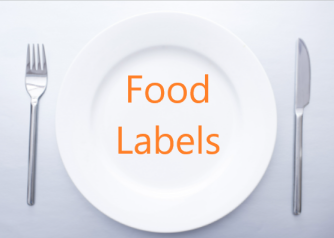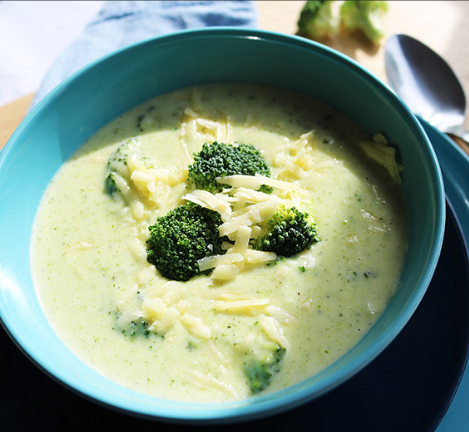Food allergies
Cow’s milk allergy is a type of food allergy. Food allergies are immune system reactions that are triggered by a certain type of food. These can produce symptoms such as digestives problems, hives and swollen throats. In severe cases, it can lead to an anaphylaxis shock. Food allergies affects about 8% of children under 5 years old and adults about 4%. It is common that children outgrow their allergies when they get older.
Cow’s milk allergy
Cow’s milk allergy (CMA) is an allergy specific to cow’s milk and dairy products. CMA is very common in babies in fact it affects 1 in 50 babies. This usually remains until they are about 1 year old as the immune system starts to develop and function properly. If, it continues after age of 1 it usually resolve by the age of 6 years. CMA is very rare in adult.
The immune system plays an important role in CMA as it responds to a specific protein found in milk. Every time that it encounters this milk proteins it produces a bigger reaction. During this reaction the immune system produces the release of histamine and other immune mediators. These chemicals cause the signs and symptoms of CMA.
Signs and Symptoms
This type of allergy can vary from mild to severe according to the level of symptoms experienced by the child. Mild symptoms may present themselves after hours or even days. Mild symptoms of CMA includes:
- Urticarial
- Eczema
- Swelling of the face
- Persistent cough or wheezing
- Vomiting
- Diarrhea
On the other hand, severe symptoms starts soon after cow’s milk consumption. The severe symptoms can lead to an anaphylaxis shock. In which case, the health professional must treat with an epinephrine shot as it can be life-threatening. Severe symptoms include:
- Breathing difficulty
- Swelling of the nose, tongue or throat
- Hoarse voice
- Persistent cough or wheezing
- Anaphylaxis shock




